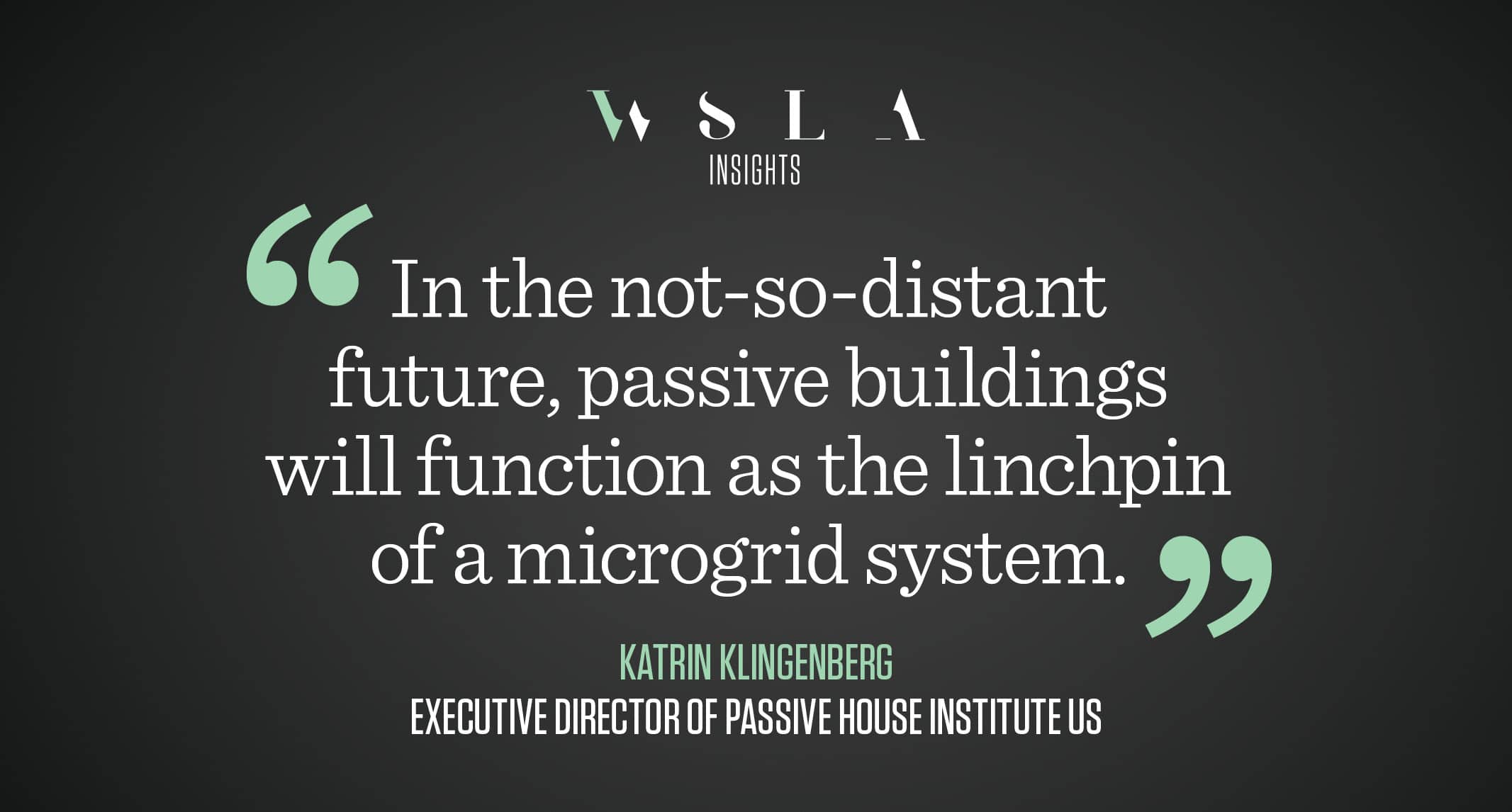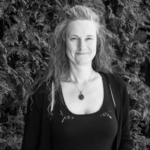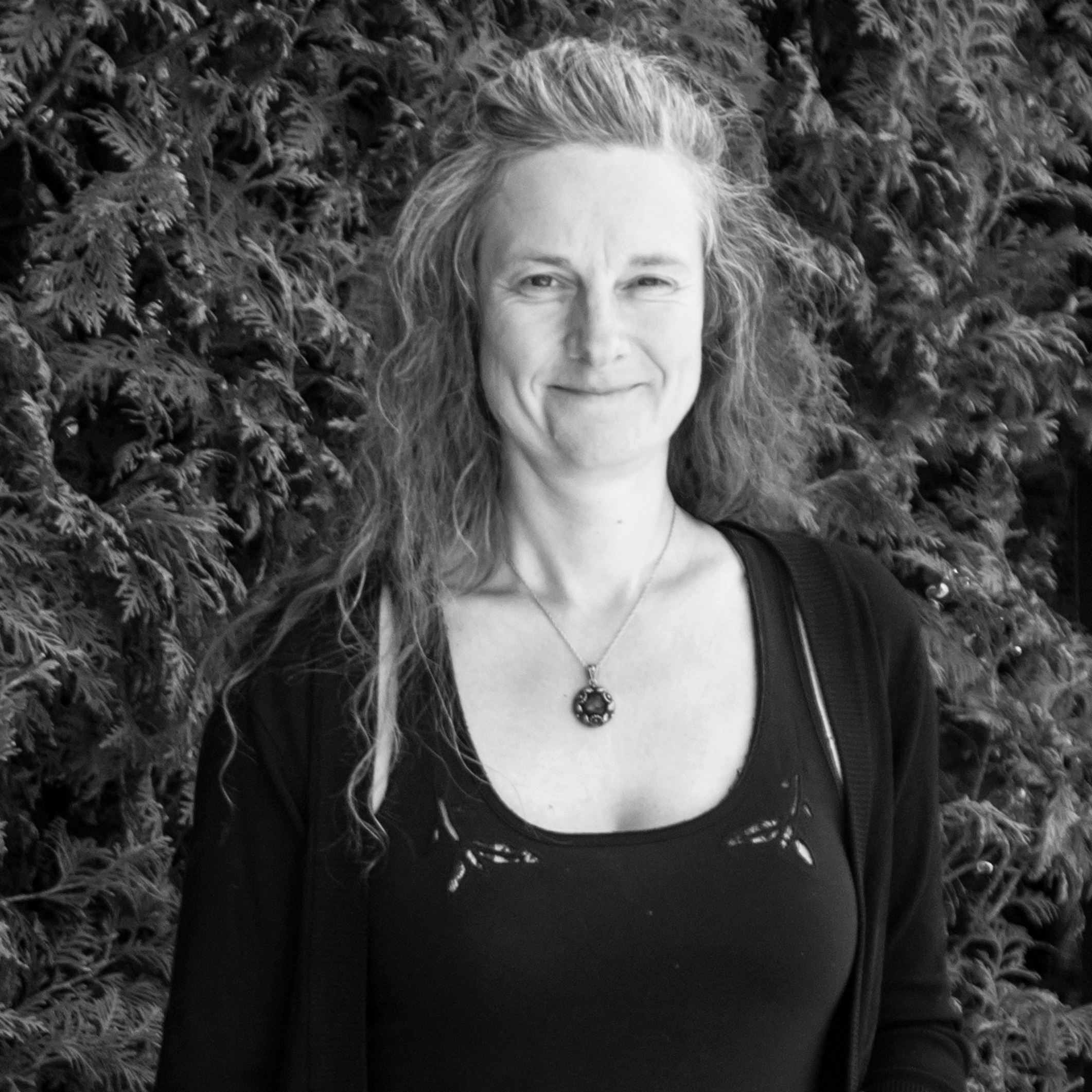
Cost-competitive passive building is a crucial component of getting to zero
If you’re wondering what to expect from passive buildings in the next 10 years and beyond, look no further than the Rocky Mountain Institute (RMI) Innovation Center in Basalt, Colorado, winner of Best Overall Project in the 2016 PHIUS Passive Projects Competition (see page 17 for more). Similar in size and program to about 90% of all U.S. commercial office buildings, the Innovation Center is the first project in the world to achieve both the PHIUS+ 2015 Passive Building Standard and PHIUS+ Source Zero certifications.
The term “passive building” first began being used in the early ’90s, and Amory Lovins, cofounder and chief scientist at RMI, was one of the first scientists to use it. He argued that the cost-competitive aspects of passive building would be key to tapping into additional efficiency potentials of our technological and economic systems. He talked about the progress of the passive building movement in Europe in his 1999 book Natural Capitalism and explored the more recent strides made by PHIUS in the 2011 bestseller Reinventing Fire.
The groundbreaking RMI Innovation Center takes the lessons and research of the previous decades and combines it with current passive building principles and green design. The result is the ultimate cost-optimized building—demonstrating the potential for achieving an energy-independent, renewables-fueled, and carbon-neutral future.
Distinctions
Answering architectural luminary Ed Mazria’s call for a zero carbon certification, PHIUS+ Source Zero certification is currently the only building certification program available in the U.S. The program currently only applies to operational energy usage, but will incorporate embodied energy in future iterations.
In addition to the PHIUS designations, the Innovation Center also achieved a number of other distinctions, including LEED 2009 BD+C: New Construction Platinum certification and anticipated recognition for International Living Future Institute (ILFI) Net Zero Energy certification and Living Building Challenge Petal designation.

This project is a stellar example of the synergies between PHIUS+ and complementary programs to achieve holistic green building practices. Both the ILFI and LEED programs recommend PHIUS+ as a proven and integrated design approach capable of achieving the reduced operational energy demand goals of both programs. As a testament to the successful collaboration between PHIUS and the USGBC, projects certified under PHIUS+ 2015 are able to earn a minimum of 31.5 points under the LEED v4 BD+C: Homes program as well as most of the prerequisites under the Energy and Atmosphere and Indoor Environmental Quality credit categories.
Getting Results
With over a year of occupancy data now in the books, the Innovation Center’s measured results confirm that the building is carbon zero on the basis of operational energy usage as predicted in the models. Thermal comfort is also achieved and validated by sensors tracking mean radiant surface temperatures—no small feat for a building in a cold climate zone with relatively small yet efficient heating and cooling systems.
While the Innovation Center is a high-profile commercial example, passive building strategies are crucial to the economics of zero energy and carbon design for all building types from new construction to retrofits. Passive building is revolutionizing traditional building concepts and best practices because it is the most economical way to design buildings that are comfortable to live in, healthy, resilient, net zero, and energy independent. As such, passive buildings not only help to mitigate climate change, but they also adapt to it.
The Future
In the not-so-distant future, passive buildings will function as the linchpin of a microgrid system. These well-insulated structures can act as “batteries” by passively loading their thermal mass with excess heat, allowing them to coast through the night or even days-long power outages without needing additional energy from the grid. Smart grid-tied technology could even communicate with smart hot water heaters and sense that there is “room” to store energy in a water heater at low temperature in an effort to help smooth out renewable overproduction during daytime hours when energy demand is low.
Due to the low energy loads of passive buildings, a modest size on-site renewable energy system is capable of producing more energy than the building consumes. Thus the home or business owner can either store the excess energy in batteries for later use or sell it back to the grid on the new “enernet” energy internet market for additional income stream. As the cornerstone of the microgrid system, passive buildings enable ultimate energy flexibility and promote the democratization of the energy grid.
Passive buildings are poised to be a game changer in the way we power and operate our communities going forward, and projects like RMI’s Innovation Center demonstrate that a viable, vibrant, and resilient future is possible today.
Read more from past WSLA alums here.

Katrin Klingenberg is the executive director of Passive House Institute US (PHIUS), which she co-founded in 2003. A German-born and trained architect, she drove the development of the new climate-specific, cost-optimized PHIUS +2015 Passive Building Standard and now directs the technical and research programs of PHIUS.

